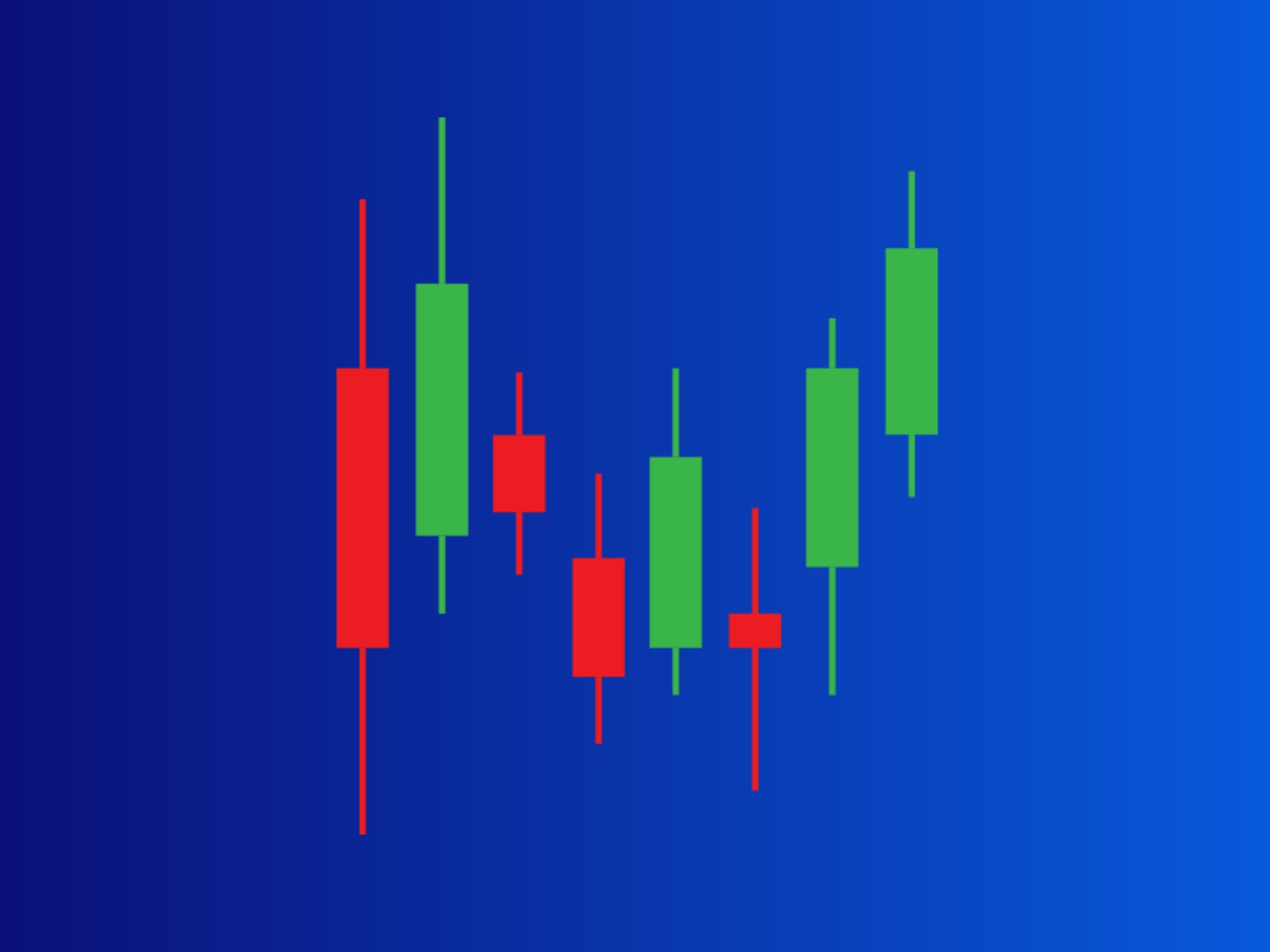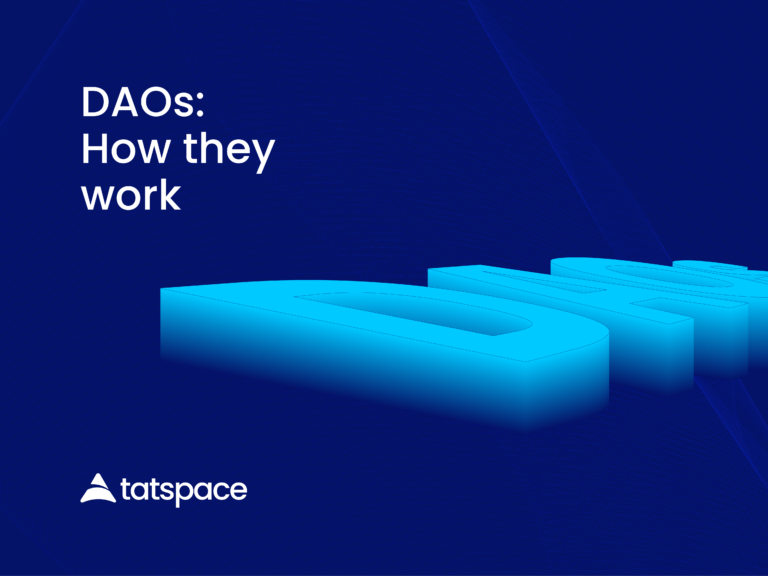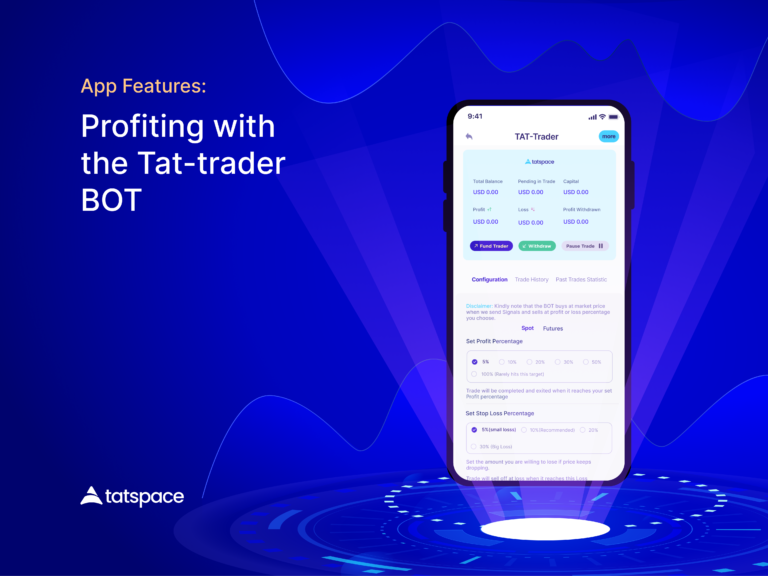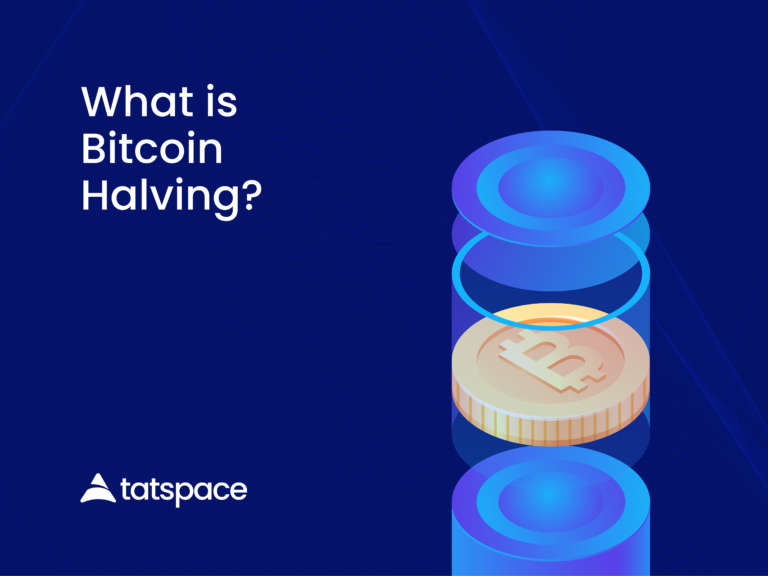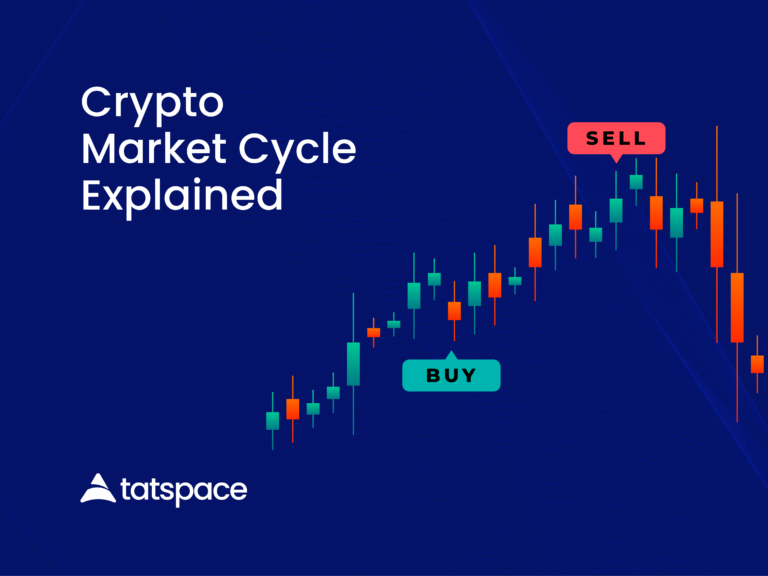Cryptocurrency trading is profitable when done right.
However, there is always a probability of making a loss.
That’s why it is very important to observe some trading principles.
These principles are important and observing them should be a priority to you if you want to excel as a Cryptocurrency Trader.
When buying or selling crypto, trading responsibly comes from proper planning.
Your ability to create a trading plan can help keep you accountable for your actions. This shows you are Trading crypto responsibly
You can avoid emotions affecting your trades when you make decisions having a clear head.
You should not fail to do your research, diversify your portfolio, use stop-limit orders, and avoid FOMO where possible.
In understanding the risks involved if you are trading using leverage, ABiTrader will help you get the necessary training and all that pertains to trading for a little fee.
It doesn’t matter how much you’re trading, the best practice is to make sure you’re doing so responsibly.
Using simple tips and methods will help you reduce unnecessary risks and ensure you are only trading what you can afford to lose.
It is easy to get carried away if you are not careful hence stopping you from Trading crypto responsibly.
If you are willing to learn how you can manage your trades, subscribe to the ABiTrader class on trading to determine your correct limits and improve your overall performance.
What is responsible trading?
Responsible trading is you being in control of your trading behaviour rather than acting based on emotions.
Trading crypto responsibly is more than just watching how much you are buying and selling.
You need to take accountability and understand if the trading methods you’re adopting are actually for you.
Trading crypto responsibly comes with so much discipline.
There are diverse ways you can trade or invest in cryptocurrencies.
Alternative trading like margin and futures trading can provide you with large returns through leverage but they are a lot riskier.
Some traders struggle to use these responsibly because of greed.
Buying crypto on the spot market and holding for the long term may seem like a safer option and might be more suitable for your risk profile.
One of the attributes that shows your are Trading crypto responsibly is that they avoid the behavior and activities that can lead to irresponsible trades.
A huge part of responsible crypto trading is to recognize when your decision-making process has been negatively influenced.
This skill comes with experience and time.
Sometimes, new traders trade impulsively.
The more you avoid this type of trading, the better.
Here are 7 tips to help your crypto trading
For you to trade cryptocurrencies responsibly, you need to manage different aspects of your trading behavior.
Not every trading activity starts and ends with the buy or sell button.
Try and learn as many of these tips below as possible into your routine. This tips will help to improve your trading skills.
1. Secure your crypto trading account and wallet.
Before you start trading crypto, the best thing you can do is to make sure your account is secured.
It doesn’t matter if you are following the rules, if your funds, account, and password can be easily compromised, it becomes worthless.
There are several ways to do this.
Use the two-factor authentication (2FA), create a strong password, and whitelist withdrawal addresses.
The same rules apply to your private key even if you use an external cryptocurrency wallet.
Never make the mistake of sharing your private key or seed phrase with others no matter how close they may be; it’s just like your Debit/Credit Card Pin.
If you can, invest in a Hardware Wallet as offers high asset security.
Just make sure you buy a brand new one from a certified seller.
2. Create a trading plan for you crypto assets
The best way to avoid your emotions interfering with your trading schedule is to create a plan and stick to it no matter what.
By doing this, sudden gains, losses, rumors, or FUD will not disrupt your decision-making.
So what goes into a trading plan?
Your plan should clearly state the kind of trades you want to make, conditions for that trade, and your objectives.
The risk profile and trading style you choose will determine what your trade limits will be like.
When creating a trading plan make sure you do it with a clear mind and be happy to follow through with what you have decided.
Your Crypto trading plan should include
1. Entry and exit prices for specific trades
2. The Maximum investment amount as a percentage of total capital
3. How much leverage do you want to use
4. Your crypto-asset allocation
5. When to stop trading (time, volume, etc.)
6. How diversified your portfolio is
7. The products or assets you trade
8. Minimum and Maximum losses
3. Always use stop-limit orders when trading crypto
Use stop-limit orders for greater control over your trading.
It is nearly impossible to always be on a screen 24/7, considering the volatility of the crypto market.
If you do so, you will be left with unexpected losses.
It is wrong to leave large amounts of crypto without having any protection from volatility.
This shows the responsible way to trade.
Once a trading plan is set, you can easily use stop-limit orders to monitor the trade.
For instance, you purchased 1 Bitcoin (BTC) at $10,000 (US dollars), and the price of Bitcoin pumps to $57,000 and want to make sure that if the price falls, you won’t sell for less than $35,000.
This will leave you with a $47,000 profit.
To make this happen, all that is required is you set a sell stop-limit order.
Please note that a stop-limit order is not always guaranteed to fill in, but when it eventually does, you will always get the price you set or better.
4. Do your research
Do your research (DYOR) to double-check any information you find or hear from experts.
This advice does not only go for trading but also when you are investing in coins through the exchange and using Decentralized Finance (Defi) products.
You are the only person that knows your risk profile and what’s suitable for your portfolio.
Before you start investing and trading, ensure you have a good understanding of what and where you are putting your money into.
5. Diversify your portfolio
When creating a trading plan, make sure you cover portfolio diversification to reduce your risk.
Holding just one or two assets in your portfolio tends to be riskier.
Diversify your holdings by investing in different assets spread across multiple asset classes.
In the crypto market, begin by defining your asset allocation.
Allocate your investments in Defi liquidity pools, staking, derivatives, stablecoins, and altcoins.
When you do this, you are reducing your exposure to one single crypto class, which will make you less likely to experience big losses.
For instance, you may experience impermanent loss from a liquidity pool you have invested, staking will offset those losses
You can choose to diversify within these different asset classes.
For stablecoins, you could hold BUSD, USDT, and TATN to reduce your overall portfolio risk.
This is one example amongst others. There are multiple responsible ways to plan out your crypto portfolio and it is your responsibility to follow through.
6. Avoid FOMO when trading crypto
The Fear of Missing Out (FOMO) is a common feeling among many traders.
This is why you need to be careful how it affects your actions when trading.
The fear of missing out on an investment opportunity can cause you to abandon your limits and trading plans with rash judgments and you wouldn’t notice when you jump on the next investment.
There is access to a large amount of information on the internet, social media, and other communications channels, making traders vulnerable hence making hasty decisions.
While you research and find good investment opportunities online, also watch out for shilling.
Creators with ulterior financial motives will promote their coins or projects, even when they are aware of their actual value.
Shillers (Paid Marketers) will take advantage of Investors to FOMO and manipulate traders’ emotions.
If for any reason you begin to feel that you are missing out on a project, take some time to research the project thoroughly before taking the risk of investing your money.
These are some of the things that make you FOMO.
Recognizing them will help you realize them faster.
1. Social media: Platforms like Twitter, Telegram, Reddit, and other social platforms may contain rumours and false information
Always do your own research.
There are many influencers out there that are paid to promote projects and altcoins, and scammers may take advantage of your FOMO to steal your funds.
2. Gains: If you have been winning on your trades, it is often tempting to get reckless with the gains you have accumulated.
Overconfident in your skills may cause you to proceed and make bad picks.
It doesn’t matter if you made a healthy amount of profit, this can increase your chances of FOMO in other “big” investment opportunities you did not plan for.
3. Losses: In an attempt to make back losses, your FOMO can increase, yes watch out.
You may even enter a position, exit after making losses, and then become tempted to re-enter that position again.
All this can happen because of FOMO
Both of these actions can end up causing even bigger losses for you.
4. Gossip and rumors: As simple as hearing information through the internet or from other traders can trigger you to make an investment you never planned for.
Note; Rumors or investment advice, or recommendations for a popular cryptocurrency should never take the place of solid research and analysis.
Always do your research
5. Volatility: Whether you choose to invest and wait for the price to go up or shorten the cryptocurrency market in a downturn, it can be easy to get carried away.
You might also see a bearish market as a good opportunity to invest but end up catching a bullish run.
7. Understand leverage
Understand how leverage works before you start using it.
It is quite tempting to borrow funds on margin or futures in order to make larger gains.
This sounds attractive. With this comes the risk of being liquidated and therefore, you lose all your capital quickly if you are not careful, as your losses are enlarged too.
Liquidation is not bad if you stay within your limits but losing more than what you planned or risking too much money isn’t responsible for trading.
You may see leverage displayed as a multiplier like 20x, which means multiplying your initial capital by 20.
$20,000 leveraged 20x gives you $200,000 to trade, while your initial capital is used to cover your losses.
Once your capital runs out, immediately the exchange liquidates your position.
Leverage trading can be used irresponsibly.
It is much riskier, so ensure to carefully study Coin-Margined Futures and USDT-Margined Futures to know the risks involved.
Wrapping it up
Trading crypto responsibly should be taken very seriously.
It will determine whether you will become a successful trader or if you will lose everything at an instance.
If you are trading digital assets, stocks, or commodities, you should always apply proper risk management strategies and do your research.
Our trading class is available on the ABiTrader App.
Download using the link. https://linktr.ee/ABiTRADERApp

